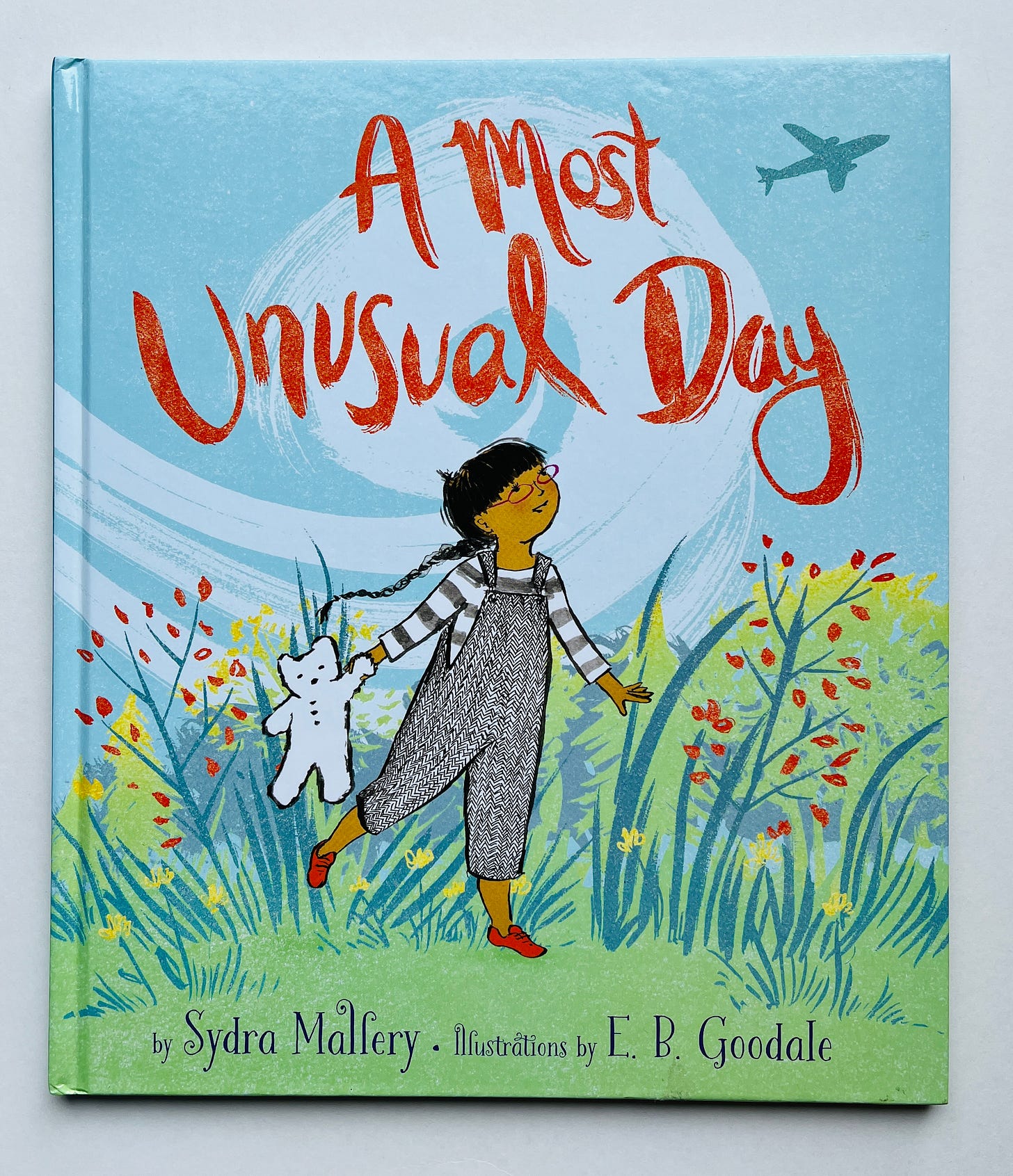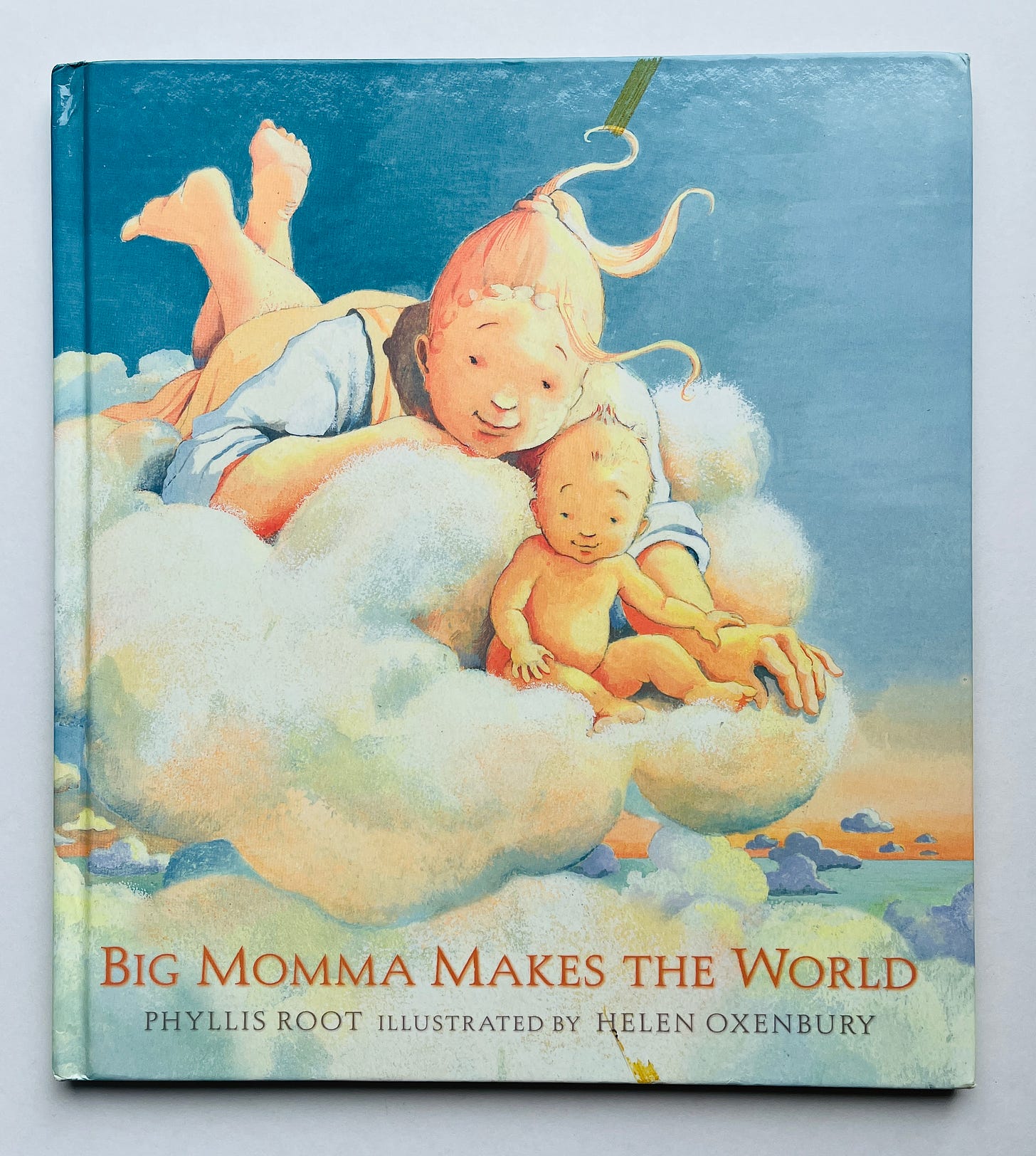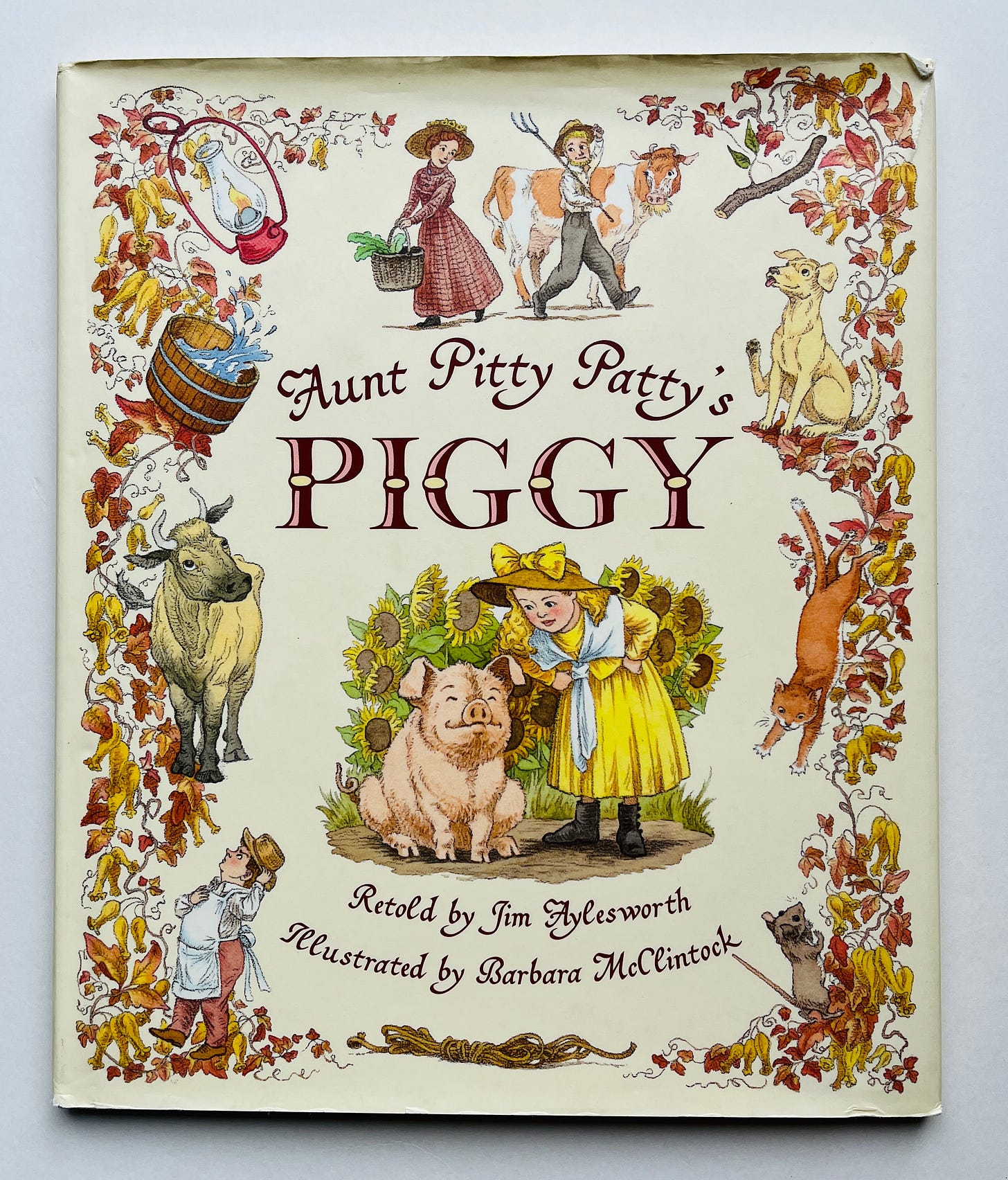Hi there! Good morning.
ICYMI, yesterday I published my 2nd annual book gift guide for all ages, a collaboration between
— an amazing interactive learning resource from talented educator and Substack friend, Olivia Mardwig — and Can we read? I tackled recommendations for little kids (babies to 8-year-olds) and Olivia covered recommendations for older kids (9-year-olds+). Good stuff there, if you’re looking for gifts for your young loved ones.Speaking of gifting: do you know I have a motherload of booklists on my Bookshop.org storefront? I’ve curated these lists for awhile now, hand-picking the best titles out of the nearly 700 books I’ve reviewed since 2020 🤯
If you make a purchase using any of these links, I do receive a small commission — we’re talking pennies, people, but! pennies add up and every little bit helps support this newsletter as well as independent bookstores — though I created all of these lists primarily as a simple way to share a large number of titles with you.
If you know you want to give the children in your life some books this holiday season, I’ve got you covered. Here’s a preview of some of my lists:
Books for 3-12 months old / 12-18 months old / 2-year-olds / 3-year-olds / 4-year-olds / 5-year-olds / 6-year-olds / 7-year-olds / 8-year-olds / 9-year-olds
Books for a beautiful goodnight (I recently updated this one fivefold, so even if you’ve looked at it in the past, it’s basically now new)
Now let’s get to it!
A Most Unusual Day by Sydra Mallery, illustrated by E.B. Goodale (2018)
Caroline’s unusual day begins unusually — she wakes up late, disorganized and forgetful, and things continue in this vein. Because today, of all days, is special — when her parents come to pick her up from school, they have “sleepy eyes and big giant smiles,” and they’re carrying a bundled blanket: Caroline’s new baby sister.
“This baby made everything,
every unusual thing,
unusually new
and perfectly right.”
Mallery’s thoughtful emotional text paired with Goodale’s cheerful full-color art — painted and then digitally collaged with letterpress-printed textures — convey all of the feelings that come up when you’re an older sibling waiting for news of a new one, without giving away the surprise until the end of the book. And part of the surprise is Carloine’s reaction: instead of being a new-sibling book about jealousy, anger, or struggle (like so many others out there), this is a tender one full of welcome, awe, and joy.
Yes.
Big Momma Makes the World by Phyllis Root, illustrated by Helen Oxenbury (2002)
I’ve written many times in this newsletter that my family is secular — we belong to no particular religion or faith tradition and have no greater spiritual community. We believe in evolution and some of us also believe in God.
Putting all this together with a book like Big Momma Makes the World might not make sense — it’s the story of creation as told in the Bible, the Christian version where God makes everything in seven days. On the surface, it’s unlikely a book like this would appeal to my family or me, but this has been one of a handful of picture books we’ve returned to again and again over many years.
Big Momma — literally a large, loving mama in the sky, with only her little baby for company — makes the world one day at a time over the course of a week, starting with light and dark, then the sky and the sun and the moon, and moving on from there all the way down to creating animals and humans. If you’re familiar with the traditional story, you might know the order of things, but you don’t have to be to enjoy this one.
Oxenbury’s acrylic illustrations are lovely — I have been a big fan of hers since I was a toddler and my mom read me her board books, I See, I Can, etc., which I still have — but what I like most about this one, and perhaps this is because I have no real attachment to another image, is the idea of God as a warm, nurturing, no-nonsense mama up there somewhere, getting it done. Root’s text makes it seem like perhaps Big Mama is Southern — she has a twang in her language — but this makes it all the more fun to read. (And if my 6yo’s interest — which has never waned in years of reading this one, starting when she was a toddler right up until now — is any indication, it’s equally fun to listen to.)
Highly recommended.
Aunt Pitty Patty’s Piggy by Jim Aylesworth, illustrated by Barbara McClintock (1999)
Here’s a tip: if you have toddlers and preschoolers and you see a Jim Aylesworth book at the library or in a bookstore, pick it up, take it home, and plan to read it again and again. He has a large body of work, but none are so beloved by the youngest readers as The Gingerbread Man, The Mitten, and The Tale of Tricky Fox, all retellings of classic folktales every child should know.
Aunt Pitty Patty’s Piggy is of the same ilk — a fresh retelling of an old cumulative tale. Aunt Pitty Patty takes her niece, Nelly, to the market one day, where they buy a pig and begin to lead it home — only, the fine, fat pig refuses, saying “No, no, no, I will not go!” Nelly goes to get a dog to bite the pig, but the dog takes the same tack; she finds a stick to hit dog, but the stick won’t; and so on and so forth until Nelly approaches the troublesome animals and creatures (if you can call inanimate objects creatures) with kindness, and everyone finally pitches in.
McClintock is famous for her intricate brown pencil and watercolor illustrations that impart an old-fashioned feeling to all her work, including the charming (and funny) 19th-century country scenes here. This is a wholesome tale beautifully told and will delight many little ones. Who else on earth can so relate to the desire to tell someone, “No, no, no!” than a 2, 3, or 4-year-old?
On Our Street: Our First Talk About Poverty by Dr. Jillian Roberts and Jaime Casap, illustrated by Jane Heinrichs (2018)
If you are in search of a book to broach the subject of unhoused neighbors and homelessness, look no further. This thoughtful, insightful nonfiction title — which combines watercolor and brush-pen illustration with full-color photographs on each page — is less a story and more a series of questions and correlating in-depth answers, such as:
Why would someone sleep outside?
What it is like to live in on the streets?
Why does this happen?
Are there children who are homeless?
Roberts, a child psychologist, and Casap, Google’s Education Evangelist, have approached this topic in an age-appropriate way for elementary kids and older, from the framework of a quote that inspired them: “Don’t ask kids what they want to be when they grow up; ask them what problem they want to solve.”
As you broach this topic with the children in your life, this probably isn’t going to be the only book you read, nor should it — Social Justice Books, an outstanding resource, has booklists about both economic class and gentrification and housing that can give you further suggestions for reading about poverty and homelessness — but it’s a solid and supportive title to foster conversations in your own home or classroom.
Happy Thanksgiving to you and your family,
Sarah









Hope you had a wonderful thanksgiving, Sarah! Grateful for you!
Love Helen Oxenbury! And On Our Street is going on my list. I thought I knew poverty until I moved to my current town. Poverty doesn’t look like we thought. Many people get monthly checks but still live in poverty because of mindsets--generational cycles. And we have a 14-year-old friend who has spent nights at the Post Office to stay warm and has knocked on our door in the middle of the night because he had nowhere to go...and not because he was “homeless” but because he didn’t know where his parents were and their abode was locked. It saddens me and infuriates me and makes me look for ways to educate.